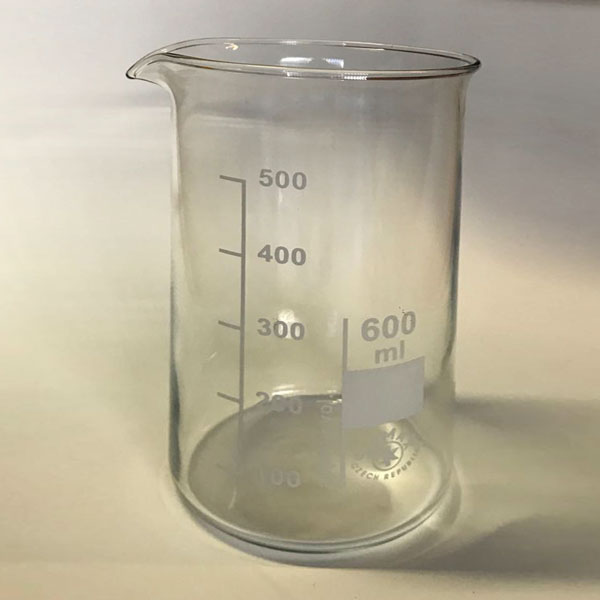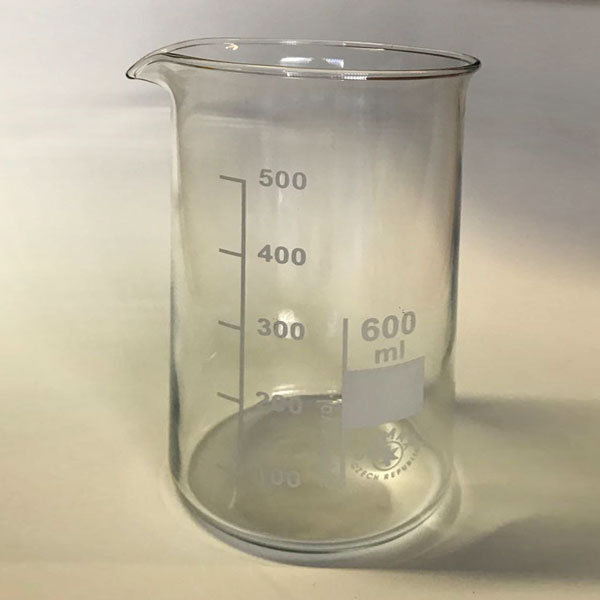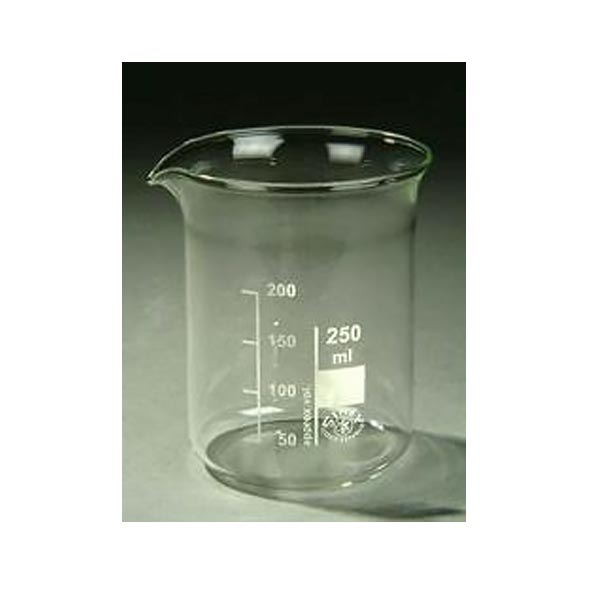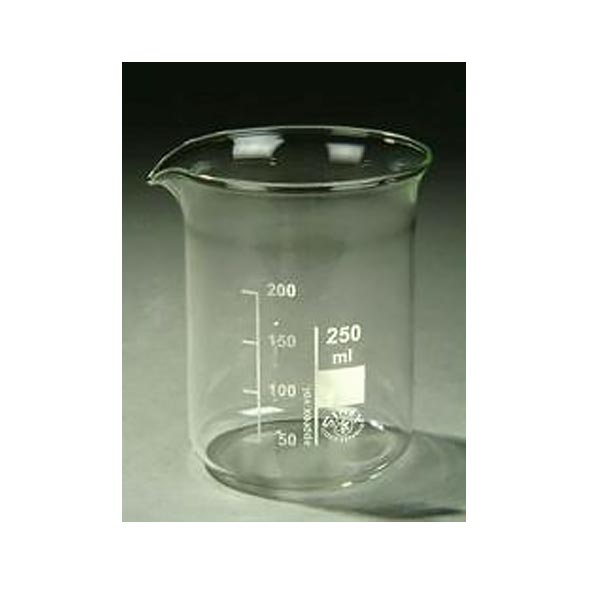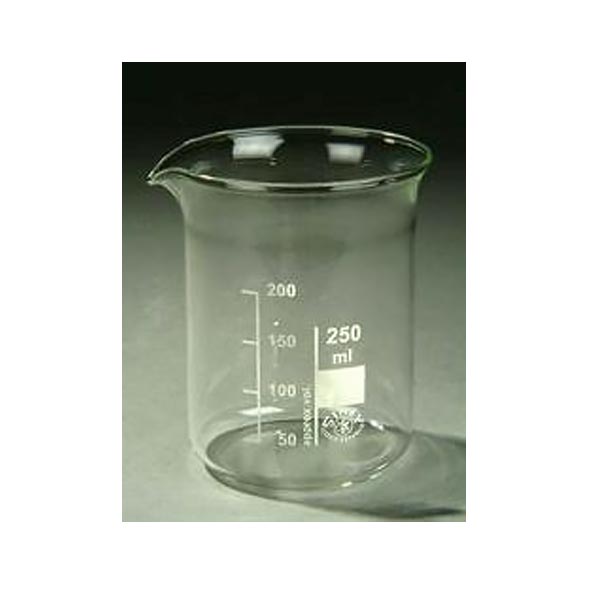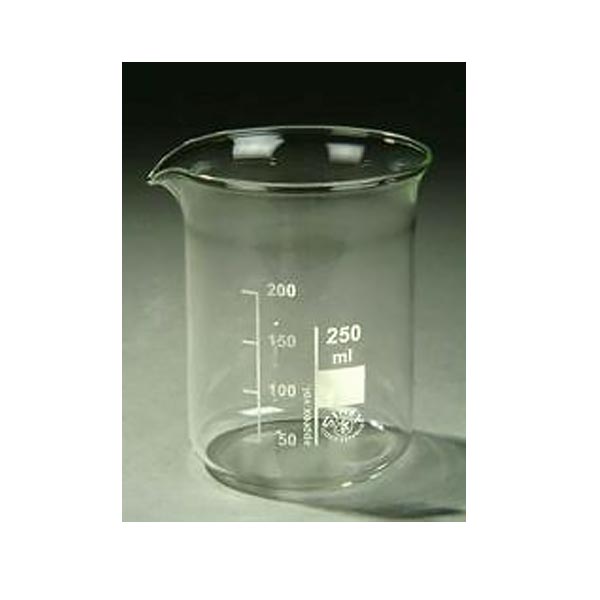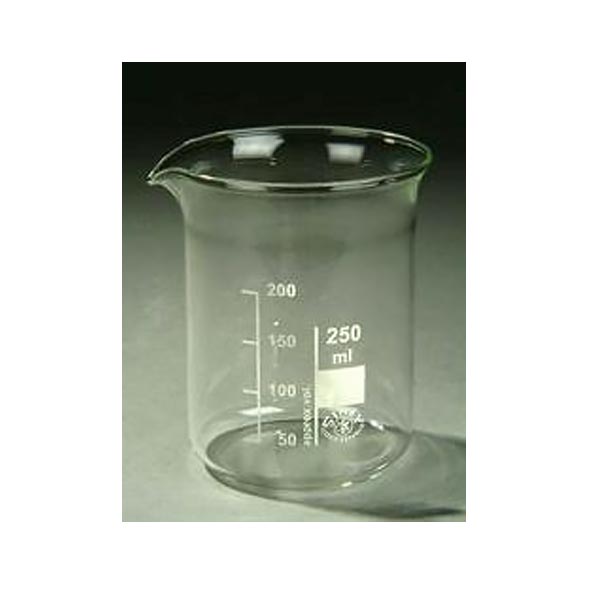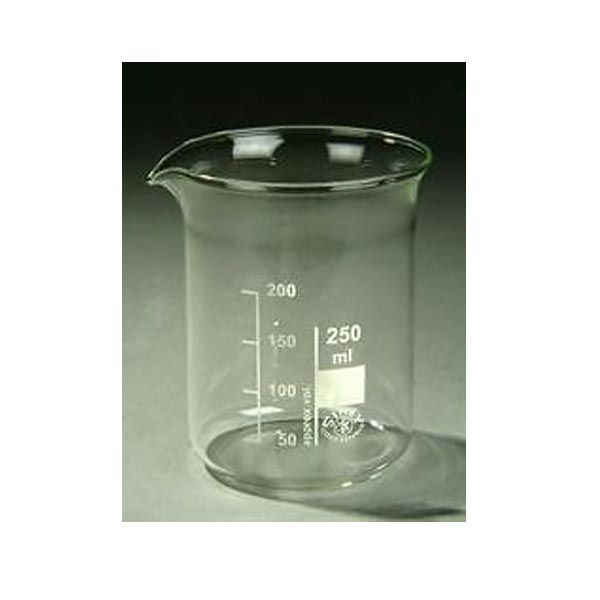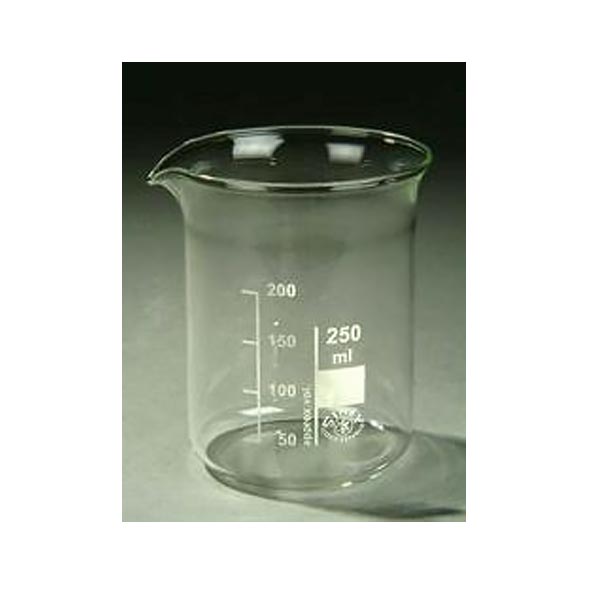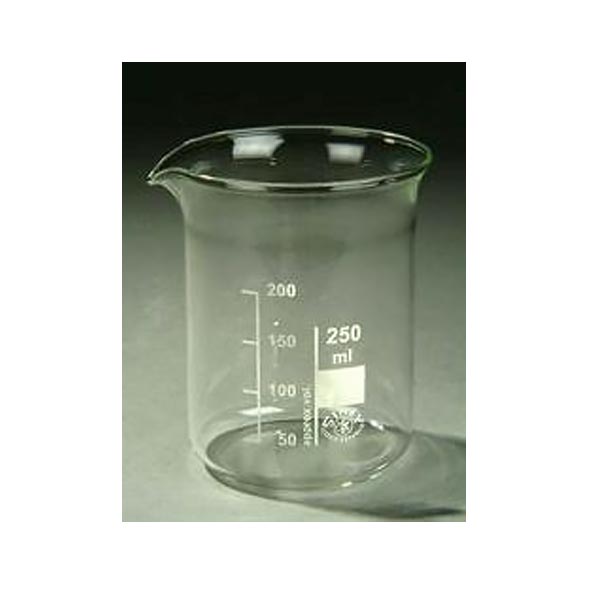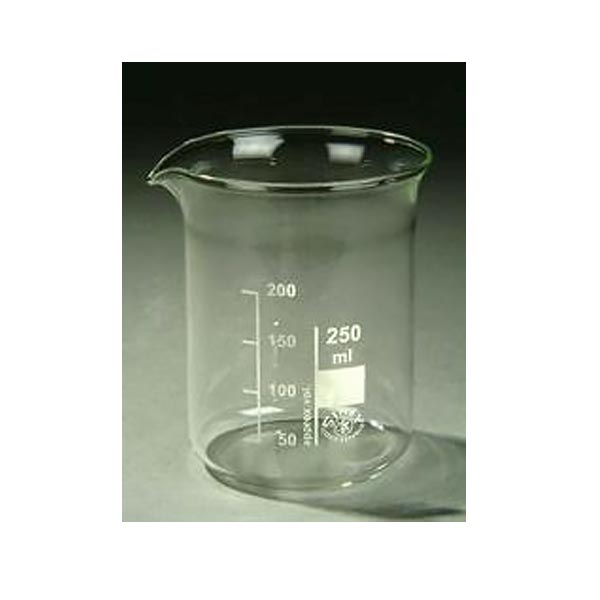The becher is perhaps the most widespread instrument used in chemical laboratories.
It is a cylindrical container mainly for liquids and for creating solutions.
Since it often also has to be used for decanting the same liquids, it is in most cases fitted with a spout.
 The term chemical beaker is said to derive from the German word Becher, meaning cup or cylindrical container.
The term chemical beaker is said to derive from the German word Becher, meaning cup or cylindrical container.
Germany is still one of the countries specialising in the production of high-quality laboratory glassware. It is therefore not surprising that the linguistic origin of such a common instrument comes from this geographical area.
Some have speculated that there was a chemist named Becher who 'invented' it, but there is no evidence of this origin.
It can also sometimes be found written as Beker, of Anglo-Saxon derivation. But we believe that this usage is improper.
In the laboratory it can be safely called by the Italian definition of bicchiere.
Pyrex glass beaker
.
Generally it is made of borosilicate glass, and in particular Pyrex glass, which allows it to be used even at high temperatures. The glass also offers the highest level of transparency and ease of cleaning.
Beckers in polypropylene PP and polymethylpentene PMP
.
Because of their unbreakable properties, beakers made of various chemical-resistant plastics are also popular today.
The most commonly used are Polypropylene PP and Polymethylpentene PMP or TPX.
Quartz beakers
There are also beakers made of quartz for use at very high temperatures. The properties of this material are maximum temperature and acid resistance, as well as a very wide optical frequency.
Graduated beaker with spout
The beakers are cylindrical in shape and have a flat bottom, with bevelled edges to facilitate cleaning and avoid residual material in the corners.
They are made in many heights and diameters to suit all capacities.
They are generally graduated to facilitate measuring quantities. Due to the rather large diameter, however, it is difficult for the accuracy to be high.
The graduation is only used as an indication.
The graduation can, however, be standard for the most common uses, embossed for its longer life without deterioration, or made of a special blue acid-proof material for use with corrosive substances.



